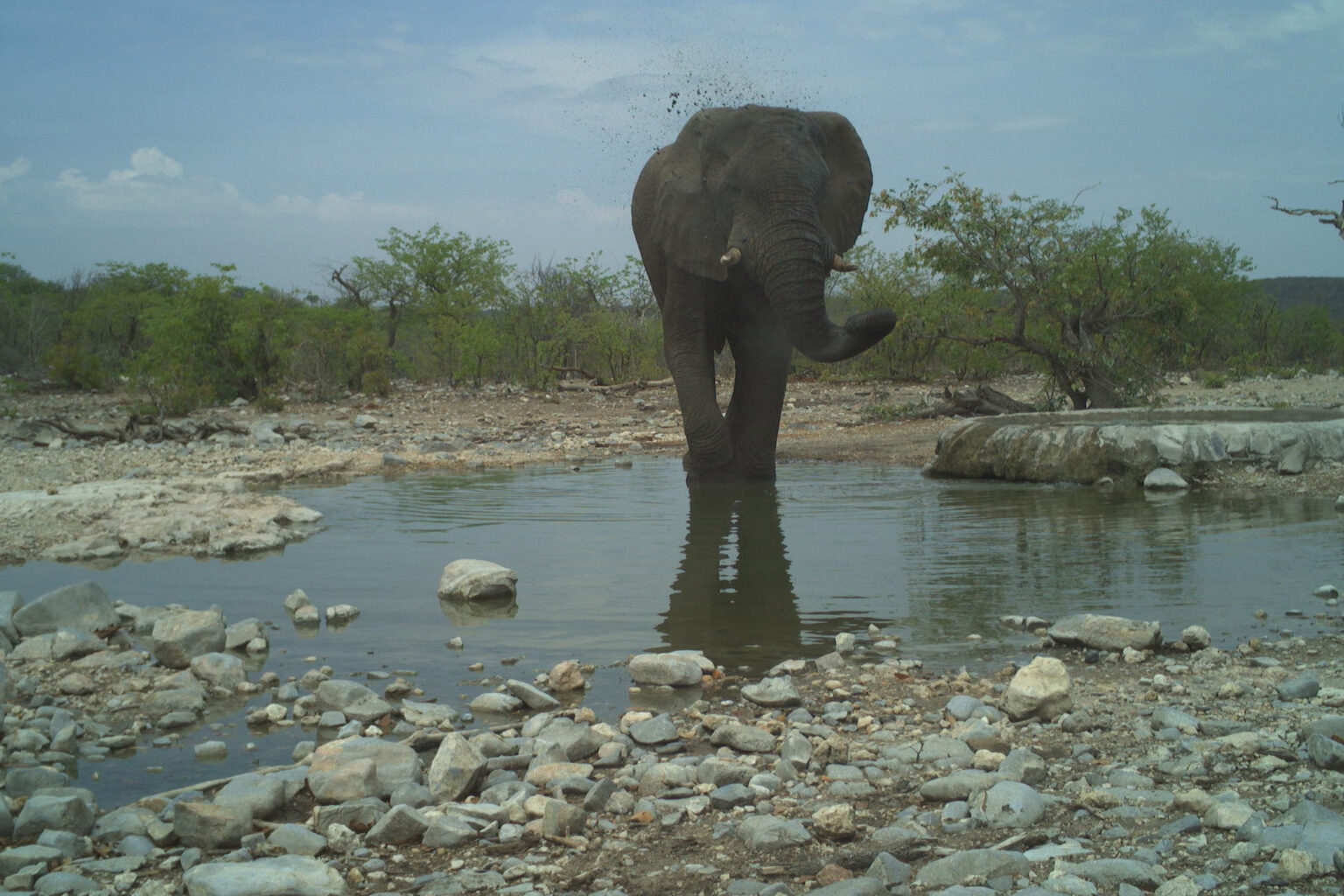With how common tourism is becoming, humans and animals will cross paths more often. Not only are tourists coming to watch the animals, but researchers will also stay out for long periods of time to count populations of different species.
As such, the study focused on how humans being nearby influenced the behavior of African mammals, including lions and zebras, while at waterholes.
“When humans are present, some animals shift their daily activity patterns,” said Jessy Patterson, lead author and a doctoral candidate in Jim Beasley’s lab at UGA’s Warnell School of Forestry and Natural Resources and Savannah River Ecology Laboratory. “We think that the carnivores changed because of the human presence, and the herbivores changed because of the carnivore presence. It was not just one species that altered their behavior.”
The study used a series of camera traps that took photos once animals walked by. Based on these pictures, researchers determined when and how often animals were visiting waterholes.
When humans were around, the time of day when some mammals came to the waterhole would shift compared to periods when humans weren’t present. Some would visit earlier, while others visited later.
Animals shifting schedules can lead to different species interacting when they usually wouldn’t — something that’s especially a problem for some herbivores that could run into predators who typically aren’t active during those times of the day.
Because of how important tourism is for conservation and income, the researchers emphasized the need to consider how human activity can impact animals on a larger scale.
Nocturnal carnivores became more active during the day
The study took place at the Ongava Research Centre in Namibia, a country in Southern Africa. It is a nature reserve that borders a national park, where tourists have a heavy presence.
During the dry season, animals on the reserve depend on man-made waterholes. With so few sources of water, this gave researchers a reliable spot to set up camera traps and document animal activity.
Photos were taken three days before humans came, three days while they were at the waterholes and three days after they left. Researchers did this for two years.
Four major carnivore species — the spotted hyena, black-backed jackal, brown hyena and African lion — came to the waterhole more during the day. Usually, these predators rule the night, and are less active during the day.
“We assumed that carnivores were accustomed to more human activity during the day, but not at night,” said Patterson. “Having humans at the waterholes at night, when they typically aren’t there, maybe threw the animals off a bit and made them nervous.”
Since carnivores in the area already knew humans would be around during the day, they may have felt more comfortable getting water then instead of at night when tourists usually aren’t at waterholes.
Predators and prey could cross paths more often
Some herbivores also changed their schedule. The duiker, springbok, mountain zebra and plains zebra started to visit the waterholes at night, despite being more comfortable around people.
This change was likely to avoid the carnivores that started visiting the waterhole during the day. But not all herbivores made the switch.
“There are many other herbivore species that are still active during the day and overlap with those carnivores now,” said Patterson. “That can change the dynamics of the ecosystem, and some animals could get preyed upon during times of the day when they usually feel safer.”
Tourism still essential for wildlife conservation
Outside of shifting schedules, the presence of humans may be stressful for some animals.
Even so, tourism remains an essential tool for bringing attention and money to wildlife conversation, the researchers said. It also offers employment and a source of income to many people, especially in rural regions.
“But it also takes a very pristine environment and brings people into it,” said Patterson. “I certainly appreciate wildlife-based tourism, and I support it. We just need to fully understand how we’re impacting the animals and come up with strategies to minimize that.”
This study was published in the Journal of Zoology and supported by the University of Georgia, U.S. Department of Energy and Ongava Research Centre. It is co-authored by N. Ndlovu, J.C. Beasley and S. Périquet.


